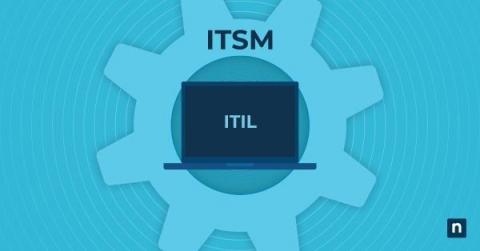ITIL vs ITSM: Explained for Professionals
IT professionals always search for the most efficient and cost-effective solutions, methods, and best practices. The Information Technology Infrastructure Library (ITIL) and Information Technology Service Management (ITSM) are related guidelines that can help in this pursuit. Both ITIL and ITSM revolve around providing IT services. Although they prioritize and attend to different things, ultimately, their goal is to improve both efficiency and efficacy. Read more about ITIL vs. ITSM below.











